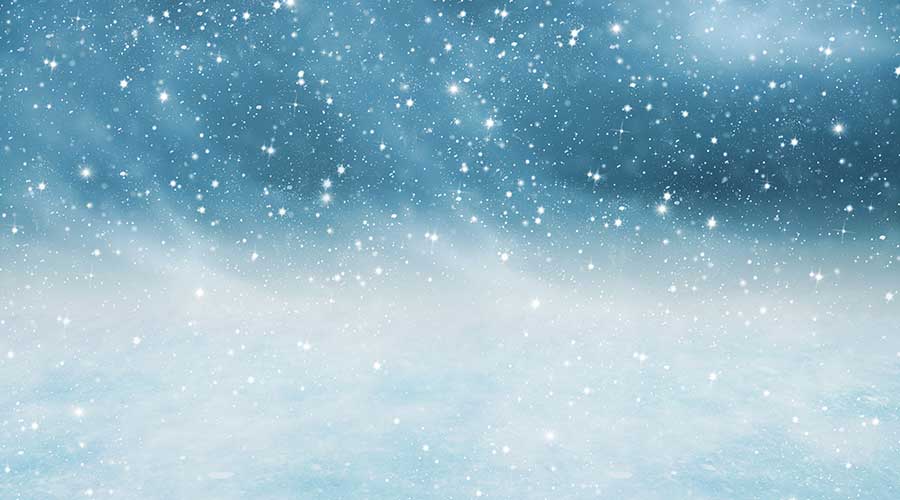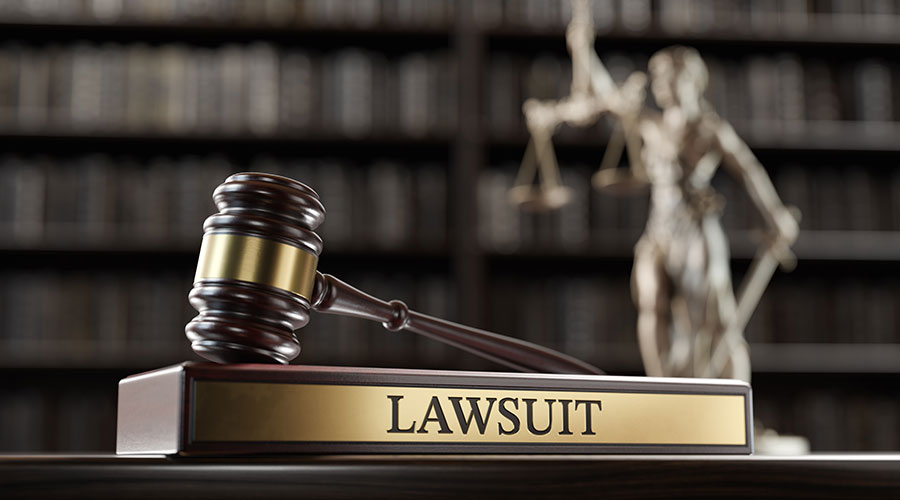Winter can be a harsh time weather-wise, and healthcare facilities are not immune to the hazards snowfalls can bring. Given this, healthcare facility managers must prepare for the unique conditions of inclement winter weather.
A primary issue is the icy conditions born from snowfall, as they can lead to people slipping and falling on outdoor walkways. The main method to combat slippery grounds outside is through using ice melt products such as rock salt, magnesium chloride or potassium chloride, says Phil Carrizales, director of the jan/san division at Acme Paper and Supply Company.
“Be proactive,” Carrizales says. “If they know that there is a snow event coming, be proactive about putting whatever type of ice melt that they will be using down prior to the snow, sleet or ice coming. Once it is on the ground beforehand, then the snow and ice will actually start to melt. So, they are getting ahead of the curve instead of trying to play catch up the entire time.”
Ice melt is not the only tool to use for preparing a healthcare facility’s exterior for winter. Carrizales says that additional equipment such as shovels for snow removal or scraper mattings for getting snow and ice off shoes are viable options as well. He adds that red flags can be placed in areas of high snowfall to show where walkways and parking spots are. These flags also help protect the vegetation and greenery underneath the fallen snow from being stepped on.
However, moisture is still bound to end up on the floors of the building somehow, which creates another slipping hazard for occupants. Fortunately, this can be dealt with in a few ways.
“For the interior, the only thing that I would say is if you are bringing moisture and water in, some sort of good mopping system or a small automatic scrubber would be good to remove water quickly and safely,” Carrizales says. “So, like a disposable microfiber flat mop could be good. It is a really quick and easy way to remove moisture. If they had a small floor scrubber that is portable, those might be nice to have around so they can get rid of salt residue from the melting snow and water that comes in. ”
Carrizales also emphasizes that any of the salt or ice melt residue left on the floor needs to be removed before it starts to create a haze. He also reiterates the pertinence of proper matting for the facility, with the exterior needing scraper mats and the interior needing wiper mats. Additionally, Carrizales says to have a good supply of these mats in case they need to get swapped out.
Jeff Wardon, Jr. is the assistant editor for the facilities market.

 Case Study: How NYU Langone Rebuilt for Resilience After Superstorm Sandy
Case Study: How NYU Langone Rebuilt for Resilience After Superstorm Sandy Frederick Health Hospital Faces 5 Lawsuits Following Ransomware Attack
Frederick Health Hospital Faces 5 Lawsuits Following Ransomware Attack Arkansas Methodist Medical Center and Baptist Memorial Health Care to Merge
Arkansas Methodist Medical Center and Baptist Memorial Health Care to Merge Ground Broken on Intermountain Saratoga Springs Multi-Specialty Clinic
Ground Broken on Intermountain Saratoga Springs Multi-Specialty Clinic Electrical Fire Tests Resilience of Massachusetts Hospital
Electrical Fire Tests Resilience of Massachusetts Hospital